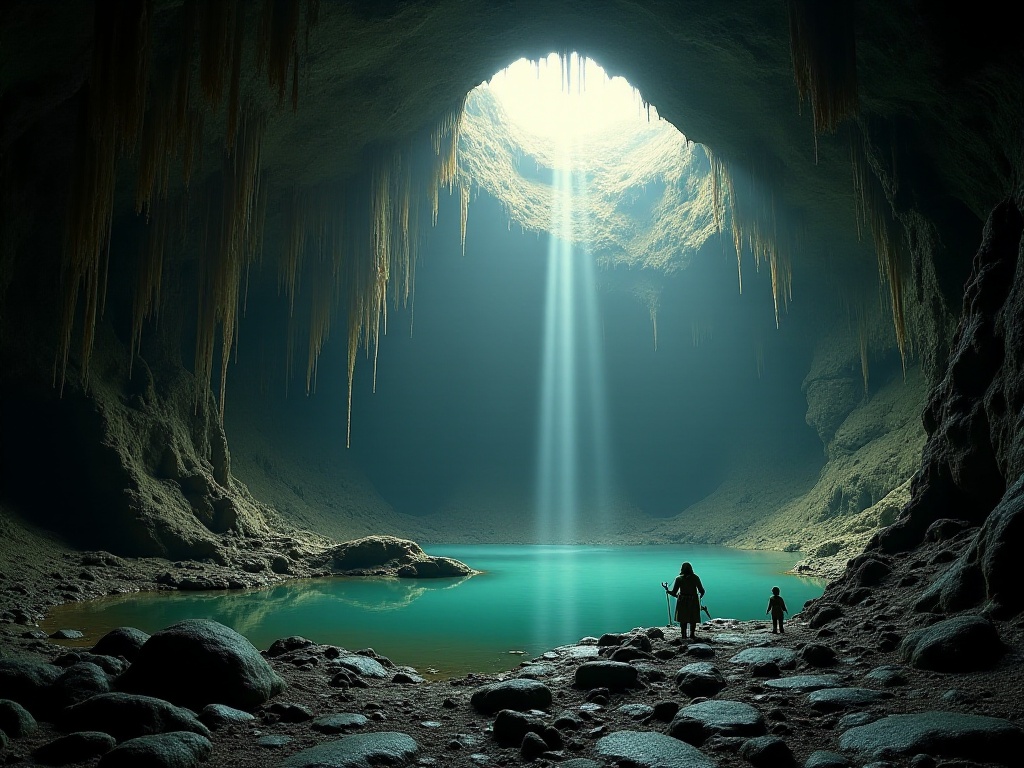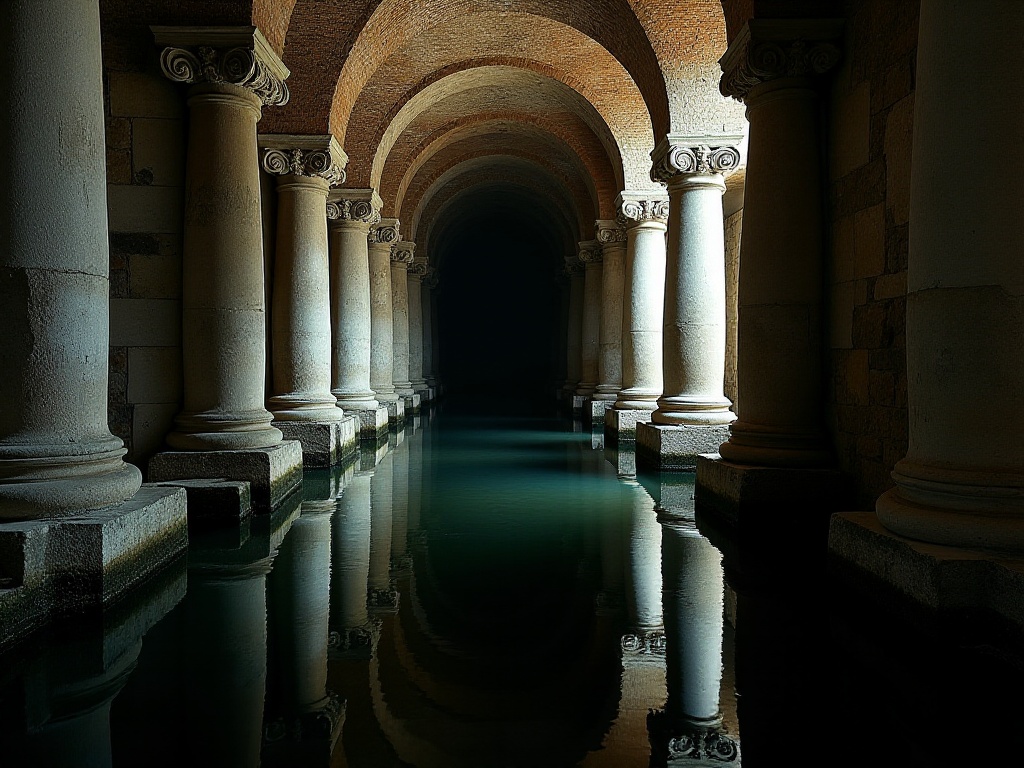First Encounter
A few days ago, while strolling through Philadelphia's Elfreth's Alley, built in 1728, I felt transported back to the 18th century. As America's oldest surviving residential street, just thinking about this fact filled me with excitement. When I stepped onto this historic alley, my heart was full of anticipation and curiosity.
Along this narrow street, I could feel the rich historical atmosphere. The buildings on both sides seemed to tell their stories, with every brick carrying countless memories. The craftsmen who once worked diligently here created these beautiful buildings with their hands, and their footprints remain clearly visible today.
At the entrance of the alley stands an ancient plaque recording its history. According to records, this alley was originally developed by a leather craftsman named Arthur Elfreth. He probably never imagined that the alley he built would become one of the most important historic districts in American history.
Walking through the alley, I couldn't help but imagine what it was like back then. Craftsmen busy in their workshops, street vendors calling out, and the sound of cart wheels clattering on the cobblestone roads. Though these scenes have become history, they seem ready to come alive at any moment in this well-preserved alley.
Architectural Features
Walking on the cobblestone path, unique row houses line both sides. These houses are mostly built with red brick, their walls weathered to a charming deep red over time. Each brick was handmade, slightly different in size, and these subtle variations add to the buildings' charm.
These buildings mostly feature Federal and Georgian architectural styles. Federal architecture is known for its symmetrical design and intricate details, while Georgian architecture emphasizes elegance and dignity. These two styles blend perfectly in Elfreth's Alley, creating a unique architectural landscape.
House No. 32 is particularly noteworthy, as it was once a hatter's workshop. Opening the door of this building, one can almost see the image of the hatter working diligently. Now, it has become a fascinating museum displaying various ancient tools and hats, offering a glimpse into the craftsmen's work scenes of the past.
The windows are also distinctive, mostly six-pane windows with hand-blown glass that creates interesting light patterns through their slightly irregular surfaces. Each window is fitted with wooden shutters that are both practical and add unique charm to the buildings.
The roofs mostly feature gable designs covered with dark tiles. Some houses are decorated with elegant chimneys that serve both practical and aesthetic purposes.
Each building's doorway is carefully designed, some featuring classical columns, others adorned with intricate carvings. Glass transoms usually top the doorways, letting natural light into the interior. These architectural details perfectly showcase the ingenuity of 18th-century architects and craftsmen.

Living Traces
In Elfreth's Alley, what attracted me most were the exquisite doorway decorations. Each doorway is unique, some carved with intricate patterns, others fitted with antique brass doorknobs. These details not only showcase the craftsmen's exceptional skills but also record the residents' taste in living.
The doorway steps, made of marble or sandstone, show obvious wear in the middle from hundreds of years of foot traffic. These worn spots seem to tell stories of countless residents who once came and went. Some steps still retain iron boot scrapers for cleaning mud off shoes, details that reveal the authentic aspects of life back then.
The door decorations are also interesting, with some featuring elegant door knockers while others have distinctive doorbells. These door ornaments were not only practical but also reflected the owner's status and position. Some doors still retain their original house numbers, with hand-carved digits witnessing the passage of time.
Window sills often display flower pots with seasonal blooms. This decorative tradition continues today, adding vitality to the historic district. Some houses have vintage iron flower stands installed below their windows, which bloom with flowers in spring and summer, creating one of the alley's most charming scenes.
Though the courtyards are small, they are all meticulously maintained. Some grow ancient rose varieties, while others preserve fruit trees planted hundreds of years ago. These plants not only beautify the environment but also add a living atmosphere to the alley.
I couldn't help but imagine how residents 300 years ago chatted and visited each other here. Perhaps they enjoyed afternoon tea on their doorsteps or held small gatherings in their courtyards. These daily life scenes make this historic district feel particularly intimate.

Changes Through Time
The preservation of Elfreth's Alley is thanks to the Elfreth's Alley Association, established in 1934. This association, formed by local history-loving residents, recognized the alley's historical value and determined to protect this precious heritage.
The association faced enormous challenges at its inception. Many buildings were dilapidated, some even facing demolition. Association members worked tirelessly, raising funds and convincing government and residents to participate in preservation efforts. After persistent effort, they successfully listed 32 historic buildings here on the National Historic Landmark Registry.
Preservation work wasn't accomplished overnight. The association established strict renovation standards, requiring all repair work to respect the buildings' original style and craftsmanship. They even found original building plans and material records to ensure restoration work could maximally preserve historical authenticity.
To balance preservation and development, the association also established detailed residential guidelines. Residents can install modern facilities inside while maintaining the buildings' historical exterior appearance. This flexible policy both protects historical heritage and meets modern living needs.
As preservation work deepened, Elfreth's Alley's reputation grew. Now, it receives over 500,000 visitors annually, becoming one of Philadelphia's most popular attractions. Visitors can not only admire beautiful historic architecture but also experience early American urban life.
The association regularly organizes various cultural activities, such as history lectures, craft demonstrations, and community markets. These activities not only enrich community life but also help people better understand and cherish this historical heritage.
In-Depth Experience
If you want to truly understand this alley's charm, participating in local guided tours is the best choice. The guides are professionally trained and familiar with not only the alley's history but also many little-known interesting stories.
Tours usually begin at the alley's entrance historical marker. Guides detail the alley's development history and its important position in American history. They point out architectural features from different periods and explain the historical significance of various architectural details.
Particularly interesting are stories from the Revolutionary War period. This area was once a secret meeting place for patriots. Residents used basements and backyard passages to conduct underground activities right under British soldiers' noses. Guides take visitors to these historic sites and tell these thrilling historical tales.
Each building has its unique story. For instance, one house was once a famous silversmith's workshop who made silverware for the signers of the Declaration of Independence. Another was a painter's residence who created portraits recording many historical figures.
Guides also introduce the daily life of alley residents. They show furniture, utensils, and tools used at the time, explaining residents' living habits and social customs. These details help visitors better understand early Americans' living conditions.
Some tour programs include interactive elements. Visitors can try using ancient tools or participate in traditional craft demonstrations. These experiential activities make history vivid and interesting, particularly popular with young visitors.
Practical Advice
Spring and fall are the best times to visit this historically rich alley. In spring, the alley's gardens bloom with flowers, filling the air with subtle fragrance. In fall, trees lining the street don golden coats, creating a romantic atmosphere.
The annual December Candlelight Night event is not to be missed. The entire street is lit by candlelight, seeming to return to the 18th century. Residents dress in period costumes, and various performances take place. This event is very popular, so advance ticket booking is recommended.
Choosing the right visiting time is important. Weekdays have fewer visitors, allowing more leisurely appreciation of the district. If visiting on weekends, best avoid noon hours; early morning or evening have fewer visitors.
Guided tours need advance booking on the official website. Various tour options are available, from general introductions to specialized topics. If time permits, choosing longer in-depth tours is recommended for learning more historical details.
Photography is a good way to record your visit, but some rules should be observed. First, respect residents' privacy; don't photograph residents or private spaces without permission. Second, some building interiors prohibit photography; follow relevant regulations.
Comfortable shoes are recommended for walking on cobblestone surfaces. Bringing water and snacks is a good idea, as there are rest areas available in the district. If you want to buy souvenirs, there are several unique shops in the district.

Kind Reminders
When visiting Elfreth's Alley, remember it's primarily a residential area. Though receiving many visitors annually, many residents still live here. Maintaining appropriate distance and not disturbing residents' daily life is basic courtesy.
Take special care when photographing. If you want to take close-ups of private residences, better get residents' permission first. Some residents will friendly allow photography and might even share interesting stories about their houses. But if refused, show understanding.
Keep quiet during visits, avoid loud noise. This shows respect for residents and allows other visitors to better experience the historical atmosphere. If bringing children, remind them to mind their behavior.
Environmental protection is also important. The district has trash bins; place garbage in designated locations. Don't touch or climb historical buildings; these are non-renewable cultural heritage requiring our collective care.
If you want to learn more historical details, visit the alley's visitor center. Detailed information materials are available there, and staff are happy to answer questions. The visitor center also provides maps and audio guides.







